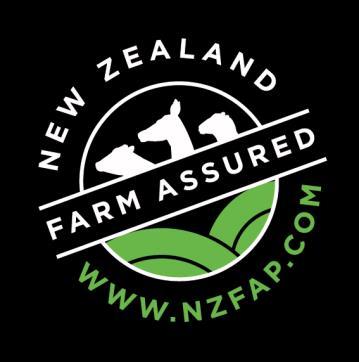before the lamb is four weeks of age. Surgical castration of lambs is not recommended because it causes greater and more acute pain compared to other methods. •
The preferred method of castration of calves is with a conventional rubber ring using an elastrator or by surgery with pain relief
•
Local anaesthetic and/or analgesic (pain relief) should be provided when castrating any animal
•
Castration of lambs should occur within 56 days
•
Castration of calves should occur with analgesic within 2-7 days of age
•
Short scrotum castration of lambs (i.e. cryptorchid) should not be practiced. Although short scrotum castration has been routinely practiced to assist with ram lamb management, the practice leads to poor outcomes for both the animal and the product. Testes trapped in the inguinal canal can cause chronic pain and discomfort for the animal. Additionally, the continued production of testosterone by the retained testes can create an unfavourable flavour taint to meat.
4.10 Tail Docking Requirements 4.10.1 For sheep a docked tail (excluding wool) must be of sufficient length to cover the vulva in female lambs and of equivalent length for male lambs. 4.10.2 Cattle shall not have their tails docked or shortened except where deemed necessary for animal health or welfare reasons by a veterinarian. Such a procedure shall only be carried out by a veterinarian.
Recommendations •
Tail docking should be undertaken before six weeks of age for lambs
•
Conventional rubber rings or hot searing-irons are the preferred methods of docking/tailing lambs. Both cause similar levels of pain and distress (but considerably less than surgical removal).
•
Hot searing-irons should be operated so as to avoid repeated applications (too cold) or unnecessary tissue damage (too hot)
•
The recommended docked tail length for lambs is 5-7cm. The tail should not be any longer than this or it will result in extra work and cost in dagging, crutching and shearing. A simple guideline to judging where to remove the tail is by feeling for the third palpable joint in the tail and ringing below this joint or at the tip of the vulva in female lambs. This is typically below where the caudal folds on either side of the tail and the bare skin under the tail end.
•
Tail docking of sheep should occur at the same time as castration of sheep if castration occurs.
4.11 Disbudding and Dehorning Requirements 4.11.1 Animals with intact or ‘tipped’ horns shall be managed to minimise the risk of injury to other animals. 4.11.2 Disbudding – when disbudding is performed the following shall apply: o
The method shall be chosen and undertaken as to minimise pain and distress and other negative health consequences (e.g. infection) for the animal; and
o
If used, thermal cauterising equipment shall be used in such a way as to minimise the risk of thermal injury to tissues other than the horn bud and adjacent skin; and
o
If used, caustic or chemical techniques of disbudding shall only be used by personnel skilled with the procedure and only used when the injury to the animal beyond the horn bud or other animals is minimised.
New Zealand Farm Assurance Programme Standard Version 3 | 21



